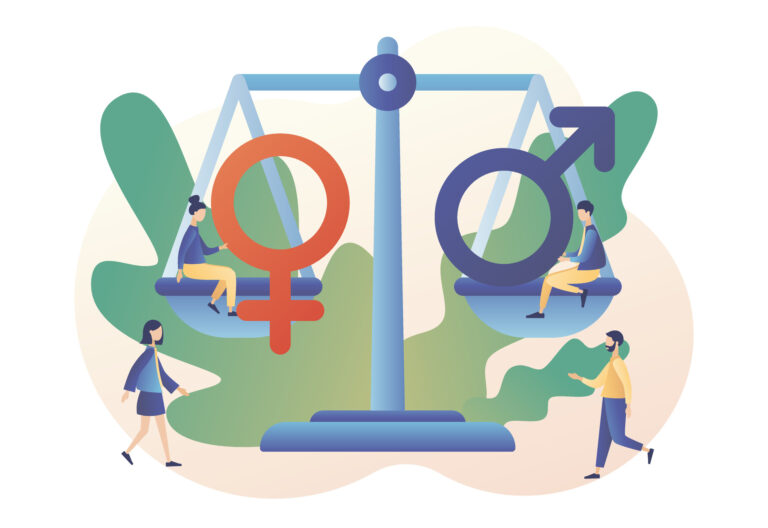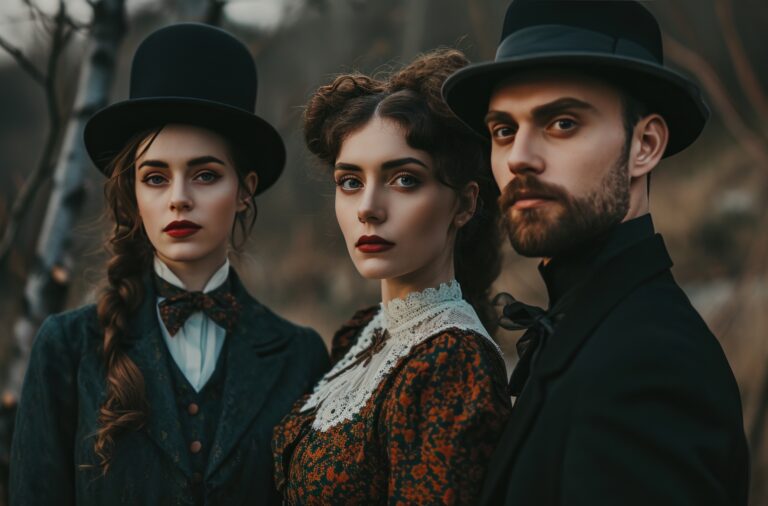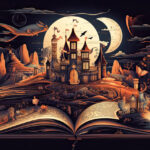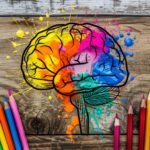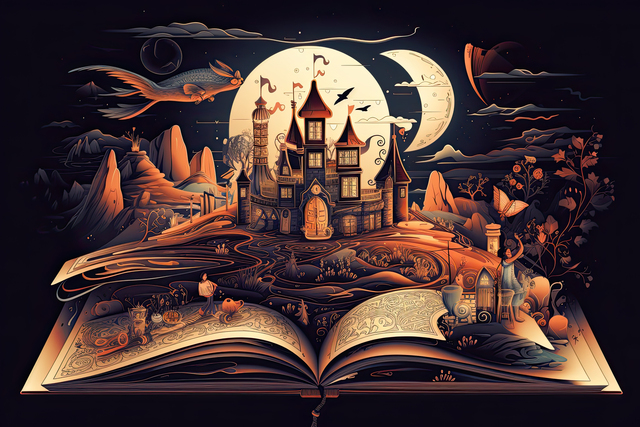
Introduction
“Once upon a time . . .” With four words, reality bends, and you can be whoever you dare to be and battle dragons as you go. Fairy tales exist where the impossible becomes possible, and things aren’t always as they seem. The first time a fairy tale swept me off to a magical realm was watching Shelley Duvall’s Faerie Tale Theatre and the Rumpelstiltskin from 1987 starring Amy Irving. To this day the idea of fairy tales evokes creativity, whimsy, and intrigue with the promise of basking in a thrilling torrent of magic, mischief, and curiosity.
Fairy tales have an enduring appeal, with the ability to capture the hearts of children and adults alike. These stories, filled with magic and morality, are not merely to entertain but they also shape our perception of the world and our place within it. We will journey through the origins and evolution of fairy tales and how these enchanting narratives have transcended time and culture, evolving with each retelling while retaining their core essence.
Origins and Evolution of Fairy Tales
Fairy tales and folklore aren’t just whimsical yarns spun for bedtime; they’re cultural artifacts stuffed with timeless life lessons and passed down like heirloom jewelry. On the surface, fairy tales are short and sweet narratives where the mundane mingles with the magical. But peel back that glittery enchantment, and the fantastical elements are revealed as the enigmatic “x” in the plot equation, stirring up trouble and setting the stage for character growth. Each enchanted object and mythical beast isn’t just for show—they’re the beating heart of the story’s moral compass. Rooted in ancient myths and folklore, these tales are like the well-worn family recipes of storytelling, providing the rich foundation for the fairy tales we cherish today.
In times past, these tales were passed down orally, evolving with each retelling—like the world’s oldest game of “telephone,” but with a lot more dragons and wizards involved. Fast forward to today, and it’s like we’ve come full circle with the rise of audiobooks and podcasts, proving that we’re still enchanted by a good story told aloud. While stories like “The Epic of Gilgamesh” and Greek myths might not fit neatly into the fairy tale category, they’re the ancient ancestors, brimming with heroic quests, divine interventions, and moral quandaries. As civilizations changed, so did these tales, each one mirroring the values and anxieties of its time. By the time they were committed to paper, fairy tales had morphed into a heady mix of folklore and societal norms—enthralling audiences while doling out timeless life lessons.
The Brothers Grimm and Charles Perrault were the first viral content creators, turning old legends into stories that rippled through society like an internet meme in the early 2000s. They didn’t just collect these stories; they gave them the equivalent of a Hollywood makeover. With each edition, they fine-tuned the plots, snipped away the rough patches, and sprinkled a touch of sparkle to ensure the tales stayed trending. Constantly rebranding age-old myths with a modern twist for maximum likes and revenue. As time has marched on, these fairy tales have continued to evolve, proving that even stories older than your grandma’s china can stay fresh and fabulous, always reflecting the ever-changing tastes and quirks of their enchanted listeners.
Key Themes in Fairy Tales
Imagine sitting around a roaring fire in an ancient village, listening to a storyteller recount the heroic deeds of Gilgamesh. This epic, one of the oldest written stories from Mesopotamia, is filled with quests, divine interventions, and moral dilemmas that laid the groundwork for modern fairy tales. From these early oral traditions to the penning of tales, fairy tales have journeyed through time, reflecting the values and fears of each era while enchanting audiences with their magical narratives.
As societies evolved, so did these tales, transforming with each retelling to mirror contemporary values and concerns. In ancient Egypt, “The Tale of the Two Brothers” was recorded on papyrus, weaving a story of betrayal, magic, and transformation. Greek myths like the tale of Perseus and Medusa introduced us to heroism intertwined with divine intervention. Fast forward to the 17th and 19th centuries, writers began to compile and publish these stories, adding their own cultural flavor and moral lessons. Perrault’s “Cinderella” and the Grimm Brothers’ “Hansel and Gretel” captivated readers with their blend of enchantment and cautionary wisdom, solidifying the structure and themes that continue to define fairy tales today.
Fairy tales have continued to evolve, mirroring societal changes and values. While themes of bravery, kindness, and justice remain, modern retellings often adapt to contemporary issues, ensuring these timeless stories remain relevant and resonant. Today’s fairy tales, like Neil Gaiman‘s “Snow, Glass, Apples” or Disney’s reinterpretations of classic tales, continue to capture the imagination while addressing modern sensibilities and challenges.
As we delve deeper into these enchanting narratives, whether through the eye of Vladimir Propp or Joseph Campbell, we uncover the rich tapestry of history and culture that has shaped them, revealing their enduring power to inspire and transform. These timeless tales, ever-evolving and always enchanting, remind us of the magic that resides within our imagination and the lessons that transcend generations.
Psychological and Emotional Impact
Long before apps and algorithms, there were fairy tales—stories that doubled as life manuals, showing kids how to slay their inner dragons. Scholars like Vladimir Propp and Joseph Campbell have shown us that these stories took the role of Jiminy Cricket, helping young minds navigate the thorny terrain of right and wrong through stories with the obvious heroes and villains. Propp’s breakdown of fairy tale structures is like a cheat sheet for decoding human nature, turning every story into a DIY guide for good and evil or a Hitchhiker’s Guide to Morals.
These tales don’t just teach lessons—they’re like creative boot camps for the young imagination. By diving into magical realms where anything is possible, kids start to see themselves as the heroes of their own stories, gaining confidence as they mentally slay dragons and rescue kingdoms. Campbell’s hero’s journey isn’t just a plot; it’s a roadmap for personal growth, urging kids to take on their own quests, even if it’s just surviving the school cafeteria .
As we grow up, those lessons stick with us like glitter you can never quite shake off. Fairy tales remind us to keep going when the going gets tough and to hold onto hope, even when everything looks grim (pun intended). The archetypes Propp identified—like the villain and the mentor—become the filters we use to size up the people in our lives. And those epic quests and magical transformations? They’re not just fantasy—they’re metaphors for the real-life plot twists we all face, offering timeless wisdom with a side of forced emotional regulation, tied up with a bow whimsy.
Even today, fairy tales haven’t lost their touch. Take the TV show Grimm, for example—is a modern reimagining of the Brothers Grimm greatest hits, weaving those classic motifs of courage, family, and the fight against evil into a narrative that still packs a punch. It’s proof that these stories have an emotional and psychological staying power that’s as strong as ever.
Influence on Modern Storytelling
Once regarded as whimsical bedtime stories, fairy tales have grown into a genre-hopping phenomenon, blending their classic magic with today’s complex narrative twists. Fast forward to today, and these tales have traded their simple roots for a genre-hopping escapade, mixing classic magic with a dash of modern complexity. No longer confined to castles and magic beans, fairy tales now strut their stuff in sci-fi epics and dystopian sagas, blending fairy tale charm with high-tech gizmos and social commentary.
In today’s literary landscape, fairy tales have diversified into numerous subgenres. Dark fairy tales, for instance, explore the shadowy and sinister sides of these classic narratives, offering a more twisted take on familiar themes. These stories often subvert traditional morals, revealing the darker undercurrents of human nature. Similarly, crooked/twisted fairy tales present familiar plots with a unique twist, blending irony and unconventional perspectives to refresh classic tales with a modern edge.
Take Neil Gaiman’s The Ocean at the End of the Lane, which sprinkles the classic fairy tale charm with modern magic. Neil Gaiman blends reality and fantasy while maintaining themes that are both nostalgic and gothic, as memories and hidden realms unlock. Or consider The Princess Bride, where the tale of true love and high adventure takes us on a whimsical ride through a fantastical world, complete with fencing, romance, and a bit of witty banter. These contemporary gems keep the spirit of traditional fairy tales alive—heroism, enchantment, and moral lessons—while adding their own fresh twists and delightful quirks.
For many creatives, fairy tales aren’t just bedtime fluff—they’re the alcohol poured on the fire that is our imagination and the answer for many of our creative concoctions. These age-old stories don’t just sit on the shelf; they spark our creativity, adding a dash of magic and a sprinkle of moral intrigue to our day to day narratives.
We dissect these tales like a riddle, transforming classic plots into darkly delicious twists or venturing into new realms where anything is possible. Fairy tales can be a literary GPS, revealing the infinite possibilities within the realm of storytelling. They keep our creative fires burning bright, proving that even the oldest tales can light the way to new and fantastical adventures.
Personal Reflection and Creativity
Writing, for me, has often felt like navigating a labyrinth with a broken compass—especially because my brain operates with hidden traps and shifting paths. While some writers thrive on the “just write” mantra, I find it more like a cryptic riddle that’s a bit too convoluted for comfort. My mind, like many who are neurodivergent, needs structured guidance—a blueprint to guide me through the numerous twists and turns of storytelling or I lose focus and become overwhelmed.
After a while I came to the realization that all of my fiction seemed deeply rooted in fairy tales, myth, and lore. They provide the foundational skeleton—the who, what, when, why, and how—while letting me mold the rest to fit a new vision. They’re like a choose-your-own-adventure where I get to decide if the dragon ends up being a misunderstood misfit or if the prince has been secretly a frog all along.
Reimagining these classic tales feels like solving a multidimensional puzzle, much like Sheldon Cooper’s infamous tridimensional chess inspired by Star Trek. Each twist and turn reveals new angles and possibilities, challenging me to discover fresh takes on familiar myths. It’s like adding a dash of fairy dust to ancient lore and seeing what flies. I love exploring how different themes, plots, and subplots can make characters seem like they’ve always been just a little more real—or a lot darker—than we thought.
In the end, fairy tales give me the structure I crave while feeding my imagination with limitless potential. They keep my creativity buzzing, ensuring that I can turn well-trodden paths into uncharted adventures, all while keeping the enchantment alive.
Conclusion
Fairy tales are more than just quaint narratives—they’re your backstage pass to a multiverse where imagination runs amok and the ordinary becomes eerily extraordinary. With their timeless themes, rich symbolism, and otherworldly charm, these stories don’t just linger in the corners of our minds; they haunt them, sparking creativity in the most unexpected ways. By venturing back into these shadowy realms, we unlock a world where nightmares and daydreams blur into one. So, as you traverse the labyrinth of your favorite fairy tales, let them cast their spell on your own creative pursuits. Embrace the dark magic, rediscover the macabre wonder, and let these classic tales guide you through the twisted corridors of imagination. As J.R.R. Tolkien cryptically observed, “Not all those who wander are lost.” So step into the shadows of the fairy tale world once more, and let your stories take flight on wings of enchantment and eerie wonder.
